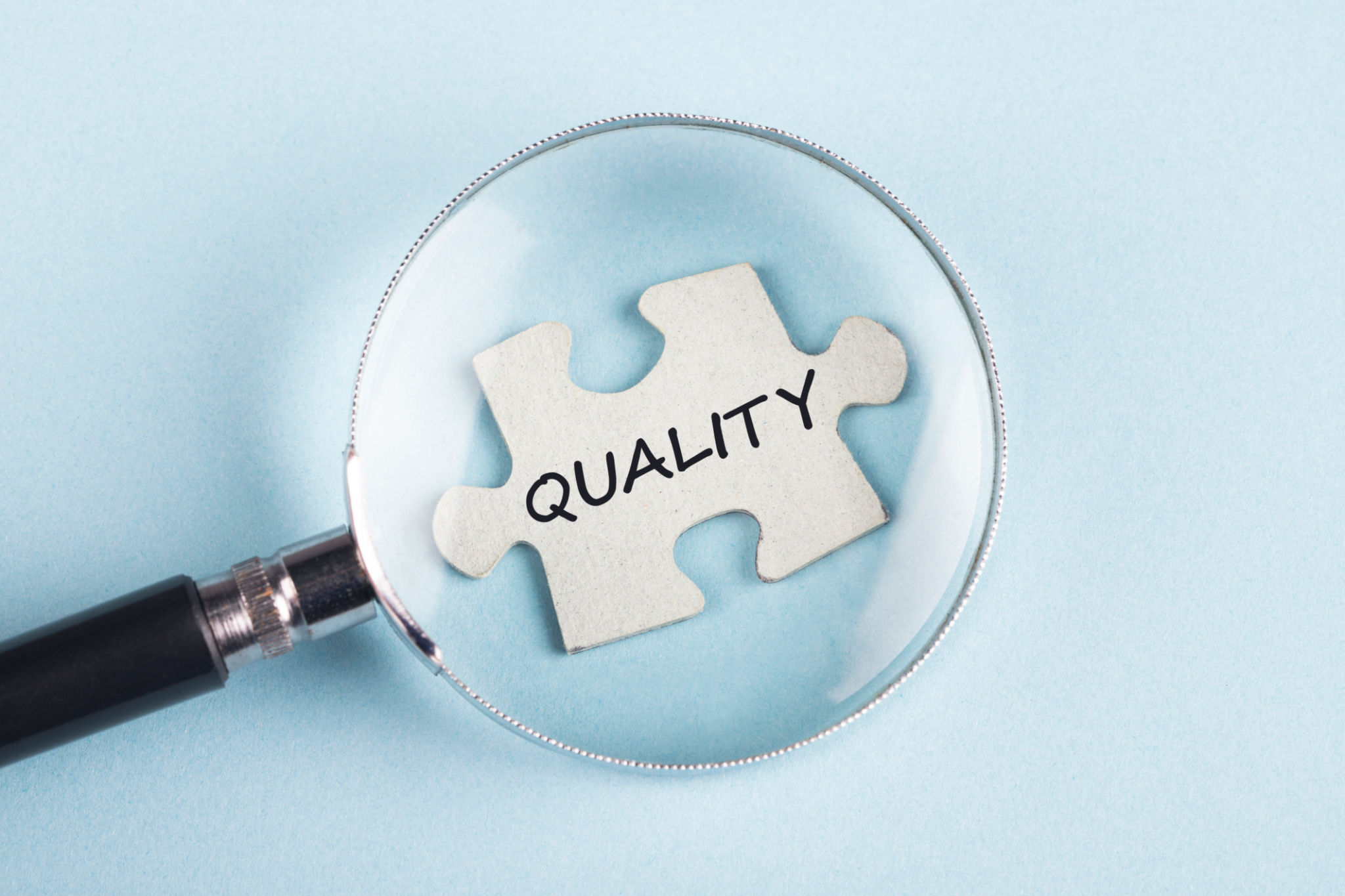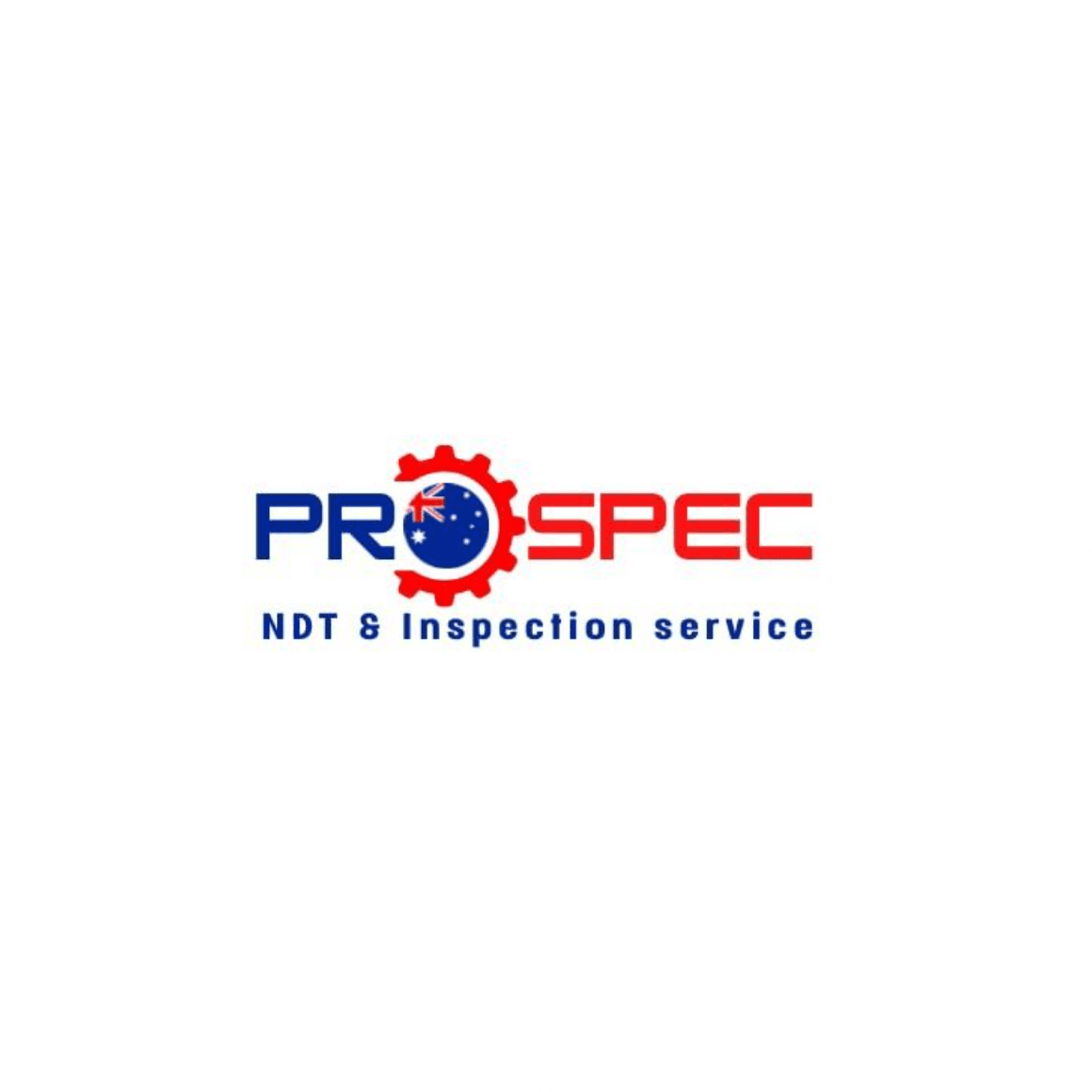A Comprehensive Guide to Radiographic Testing in Thailand
Understanding Radiographic Testing
Radiographic testing (RT) is a crucial non-destructive testing method used to inspect the integrity of materials and structures. In Thailand, this technique is widely applied across various industries, including construction, manufacturing, and oil and gas. By using X-rays or gamma rays, RT allows for the examination of internal features without causing any damage, making it an invaluable tool for quality assurance and safety.
The primary objective of radiographic testing is to detect internal defects such as cracks, voids, or inclusions that could compromise the performance and safety of the component. This method is not only effective in identifying flaws but also provides a permanent record of the inspection through radiographic films or digital images.

Applications of Radiographic Testing in Thailand
Thailand's diverse industrial landscape benefits significantly from radiographic testing. In the construction sector, RT is often used to inspect welds in steel structures to ensure they meet stringent safety standards. Similarly, in the manufacturing industry, especially in sectors producing critical components like pressure vessels and pipelines, RT plays a vital role in maintaining quality control.
The oil and gas industry in Thailand relies heavily on radiographic testing for pipeline inspection. Given the high stakes involved in transporting volatile substances, ensuring pipeline integrity through RT is essential to prevent leaks and potential disasters.

Advantages of Radiographic Testing
One of the key benefits of radiographic testing is its ability to provide a comprehensive internal view of the test object without causing any harm. This non-destructive nature ensures that components can continue to be used without any compromise in their structural integrity.
Additionally, radiographic testing offers high sensitivity and accuracy in detecting even minute defects. The ability to produce a permanent record through images or films allows for detailed analysis and documentation, which can be crucial for future reference and audits.

Challenges and Considerations
Despite its many advantages, radiographic testing does come with some challenges. The process requires specialized equipment and trained personnel to ensure accurate results. Safety precautions are also critical due to the involvement of radiation, necessitating strict adherence to regulatory guidelines and protective measures.
Another consideration is the cost associated with radiographic testing. While it provides valuable insights, the expenses related to equipment and skilled labor can be significant. However, the long-term benefits of ensuring safety and quality often outweigh these initial costs.
Regulatory Framework and Standards
In Thailand, radiographic testing practices are governed by national and international standards to ensure uniformity and safety across industries. Compliance with these standards is essential for companies looking to maintain credibility and trust with their clients.
Organizations such as the Thai Industrial Standards Institute (TISI) play a pivotal role in setting guidelines and regulations for RT procedures. Adhering to these standards not only ensures safety but also enhances the overall quality and reliability of products and structures.
